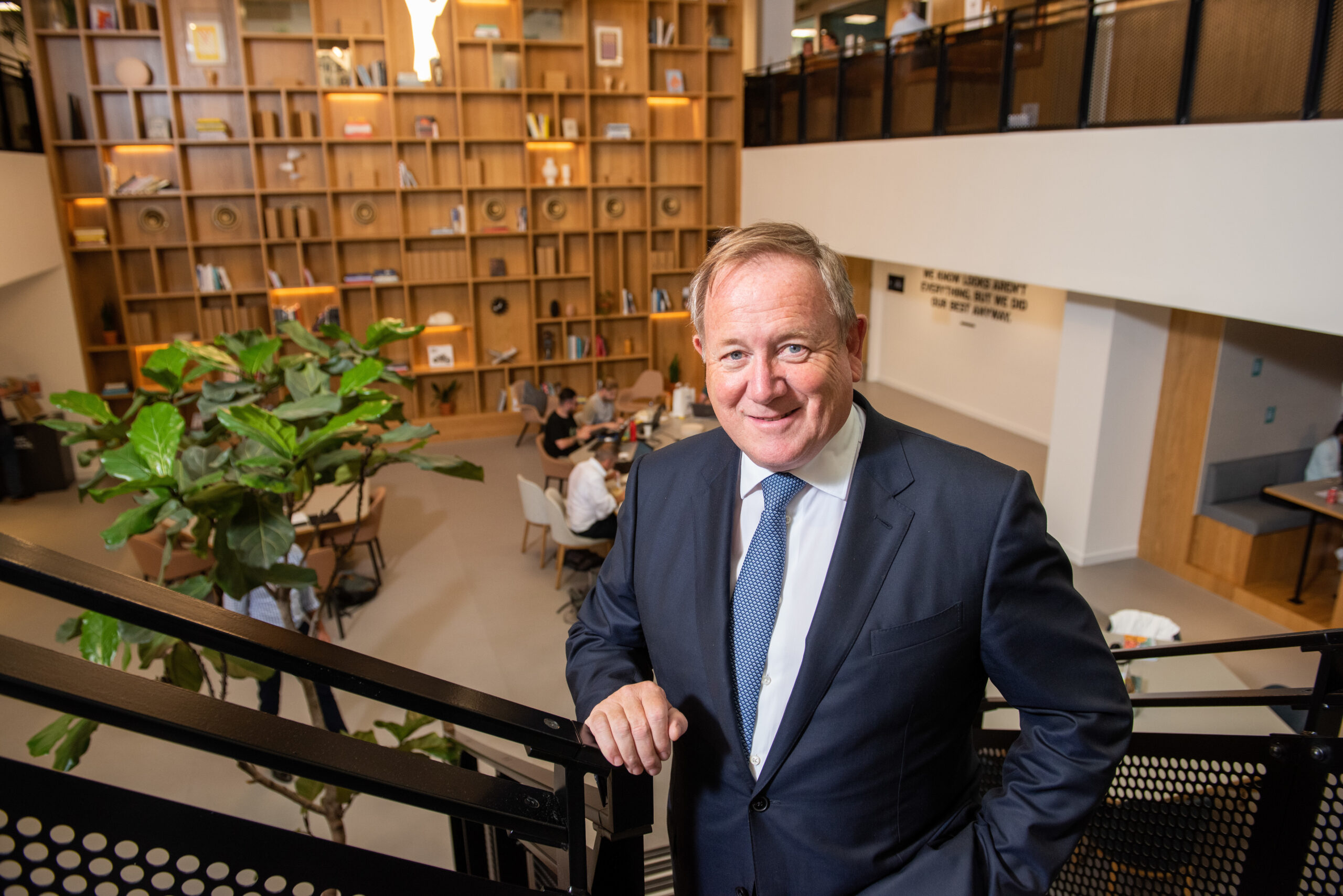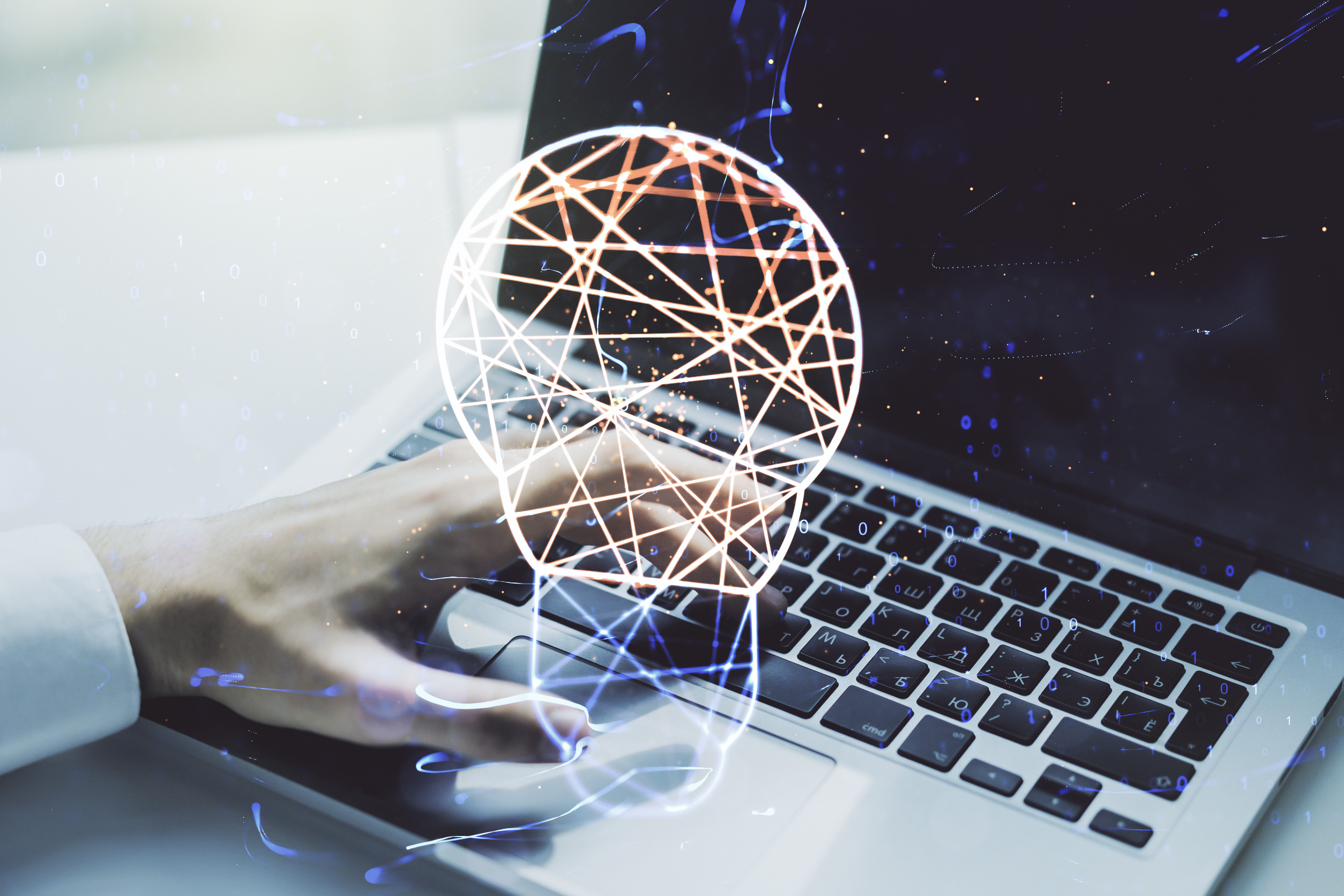HR Tech Festival Asia Online 2020: Learning and developing in a post-pandemic world
- Shawn Liew

As the COVID-19 pandemic continues to disrupt and transform the world, the biggest change to HR in 2020 is the redesign and redefinition of the HR operating model around resiliency, and not just service delivery efficiency.
Speaking at Day 2 of GR Tech Festival Asia Online 2002, Josh Bersin, Global Analyst and Dean of the Josh Bersin Academy, also pointed out how talent management has moved towards values such as empathy, trust, resilience and change.
For instance, while employee experience (EX) may have been defined as a whole library of benefits and perks before the pandemic, that is not longer the case. “Now, we are dealing with safety, hygiene, location tracking, social distancing and so on,” Bersin explained. “How do we sustain performance in an environment that is very ambiguous and hard to predict?”
EX, he added, has also now turned into an interconnected system of feedback from employees that go to the right places. Continuous response action platforms now not only collect a lot of data from surveys and feedback but turn this into information that is channeled to the people who need to know.
Bersin also highlighted how people who spend more time learning are happier and more productive, noting the rise of capability academies, which he defined as a grouping of learning programmes, communications and people to focus on strategic capabilities organisations need.
He also urged the building of trust, because nothing is more important in this particular cycle of the economy. “HR and HR tech need to create systems that are meaningful, useful and reliable to people.”
When it comes to developing agility and responsiveness in the workforce, a change of mindset will be a key driver, suggested Justina Tan, Managing Director, People, Changi Airport Group.
She asked, “When faced with change, when the future is uncertain, how do we perceive this? Do you just want to thrive or just survive? As a leader, I ask myself what I can actually introduce to my team, and how do we build a growth mindset?”
In the future, the workforce needs to be multi-skilled, with an emphasis on soft skills over hard skills Tan believes. “When the mindset is right, the hard skills will come naturally. Skills and competency will be the future of work and I believe in this – Get comfortable by being uncomfortable, and get confident by being uncertain.”
Tan was part of a C-suite conversation with Low Peck Kem, Singapore Public Service Division, Prime Minister’s Office, Chief Human Resources Officer and Advisor (Workplace Development); and moderator Dr Tanvi Gautam, a Transformation Leadership Expert.
Agreeing the need for a mindset shift in the workforce, Dr Tanvi pointed to a survey conducted during the session, where only 20% of respondents indicated that they are totally prepared for the transition to digital.
For Low, this is an indication that HR leaders today need to understand psychology when it comes to managing their people. “We can’t just go to an employee who has done something for 20 years and say, now you have to do something else.”
She suggested organisations introduce career mobility every five years, letting employees take on different job functions, while continuously building the capability and skills that allow them to be agile.
And as organisations look to upskill their workforce for the future, they need to understand how the future looks like. “This includes how job functions might look like, and how to redesign the job through a continuous tweak process and identifying the skills required,” Low concluded.
While skills may be the new digital currency, there exists a skills divide, where there are more skilled jobs than skilled workers to fill them.
Citing the World Economic Forum, Kartik Krishnamurthy, Managing Director, Asia, Cornerstone OnDemand, said that everyone will need to become lifelong learners and, 101 days of retraining and upskilling will be needed for every person by 2022.
He added, “Learning is the new accelerator for us to stay ahead of the curve, but individuals will ask: What’s in it for me? What’s the personal development for me?
“There are 28 billion wasted hours every year because of information overload. What employees want is a simple, unified way for them to discover what’s the right level of learning for them as an organisation.”
Reskilling, Krishnamurthy emphasised, is a continuous process that involves identifying skill gaps and who has the right skills for the right roles, designing and staffing new jobs and projects, as well as upskilling and reskilling current employees.
Urging organisations to act now, he concluded, “There is now a mandate to rapidly rethink the structure of the workplace and the nature of the work itself, as well as experiment with new ways of working.
“Leading organisations are those who provide ubiquitous resources for their talent, practice hyper-personalisation and strengthen business enablement.”
There is a big shift in the way learning takes place because increasingly, people are finding it harder to make sense of the world. Hyperconnectivity is breeding boredom, and new media has changed people’s expectations, said Abhijit Bhaduri, Executive Coach, Talent Advisor and Author.
Are organisations then, doing the right things to transform their employees into learners? For starters, they need to understand that the role of learning and development (L&D) is to create curiosity, because learning does not begin with the content.
Instead, it begins in the mind, as Bhaduri explained, “When people ask what, why, when, where or how, learning starts. You need to trigger the question in their head. Until you make somebody curious, you don’t transform the employee into a learner.”
Firstly, create context for the learner. Make them understand why they are learning what they are learning, where do they put in use what they learnt, and what they are going to do with what they learn. W
Then, remove friction, which Bhaduri described as “anything that goes in the way of the learner feeling delighted”. For example, if someone is learning remotely, are the hardware, software and internet connection working to enable them to learn in a conducive environment?
Lastly, stop trying to measure immediate results or even ROI, because in the preliminary stage, the learner is still trying to figure out how to get things done. “Don’t start measuring yourself right now, because you are still learning,” Bhaduri highlighted.
As online learning becomes increasingly prevalent, he also advised that each learning session do not exceed more than 60 minutes, because people simply will not focus beyond that. Also, make a concerted effort to build relationships with each participant.
“In an online class, 70% of the impact that you do is the human connection. Get to know the participant, familiarise them with you, and take time to onboard people,” Bhaduri said.






